Latest

New treatment for opioid overdose could also stop withdrawal symptoms
New drug reverses fentanyl overdoses by targeting opioid receptors outside the brain, avoiding withdrawal caused by traditional treatments.

Researchers take a glimpse at the structure of rare tetraquarks
A new study explores tetraquarks, predicts new exotic particles, and offers deeper insights into their complex structure and behavior.

Fungi could unlock the recycling of carbon fiber
Scientists have developed a process to recycle carbon fiber into valuable chemicals with the help of fungi.
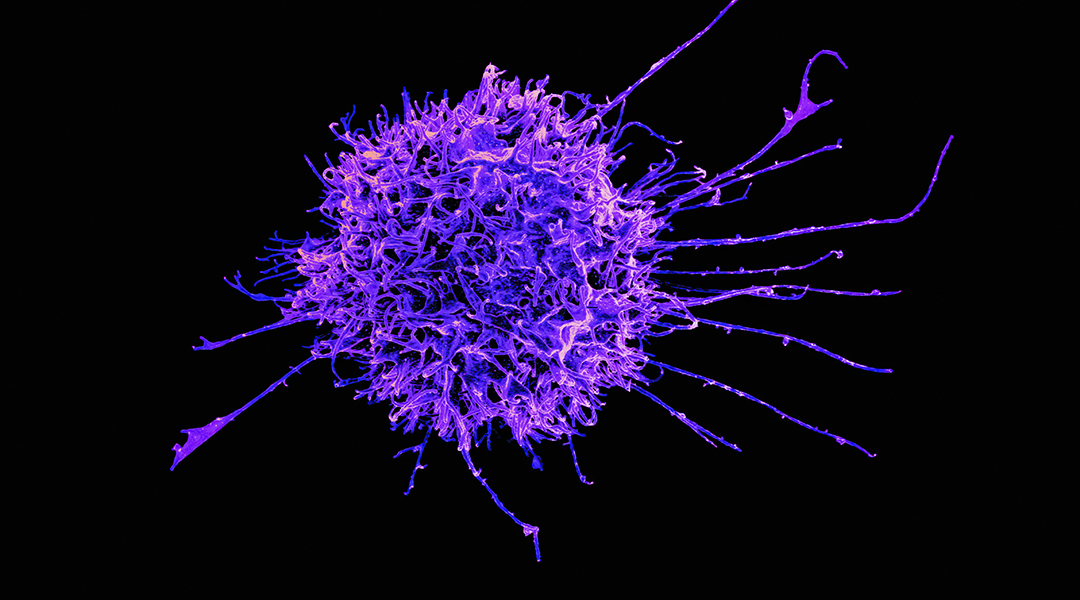
What immune cells eat can determine how well they do their job
A new link between what cells feed on and their gene activity could have huge implications in cancer research and beyond.

CERN scientists search for new physics in unusual energy patterns linked to hidden particles
Researchers at CERN’s Large Hadron Collider explore subtle energy signals to search for new physics beyond the Standard Model.

New treatment for opioid overdose could also stop withdrawal symptoms
New drug reverses fentanyl overdoses by targeting opioid receptors outside the brain, avoiding withdrawal caused by traditional treatments.

Researchers take a glimpse at the structure of rare tetraquarks
A new study explores tetraquarks, predicts new exotic particles, and offers deeper insights into their complex structure and behavior.
ASN Weekly
Sign up for our weekly newsletter and receive the latest science news directly to your inbox.

The surprising link between saliva and stress during pregnancy
Scientists find unique combinations of oral microbes can help identify states of stress in pregnant individuals.

Scientists take a closer look at rare particles called hypernuclei
Scientists use cutting-edge techniques to study rare atomic systems called hypernuclei shedding light on subatomic forces and neutron stars.

Solar windows with reflective blinds give buildings an energy boost
The innovative windows generate energy while shading building interiors from the sun, improving indoor comfort and energy efficiency.

How underground fungi could make crops more nutritious—and attract bees
Scientists uncover the role of soil fungi in improving crop yields and balancing complex plant-pollinator interactions.

Can coral evolution keep pace with climate change?
Scientists explore how corals could adapt to climate change to survive, but stress that cutting emissions is crucial for their future.

Fungi could unlock the recycling of carbon fiber
Scientists have developed a process to recycle carbon fiber into valuable chemicals with the help of fungi.

What immune cells eat can determine how well they do their job
A new link between what cells feed on and their gene activity could have huge implications in cancer research and beyond.

CERN scientists search for new physics in unusual energy patterns linked to hidden particles
Researchers at CERN’s Large Hadron Collider explore subtle energy signals to search for new physics beyond the Standard Model.

The surprising link between saliva and stress during pregnancy
Scientists find unique combinations of oral microbes can help identify states of stress in pregnant individuals.
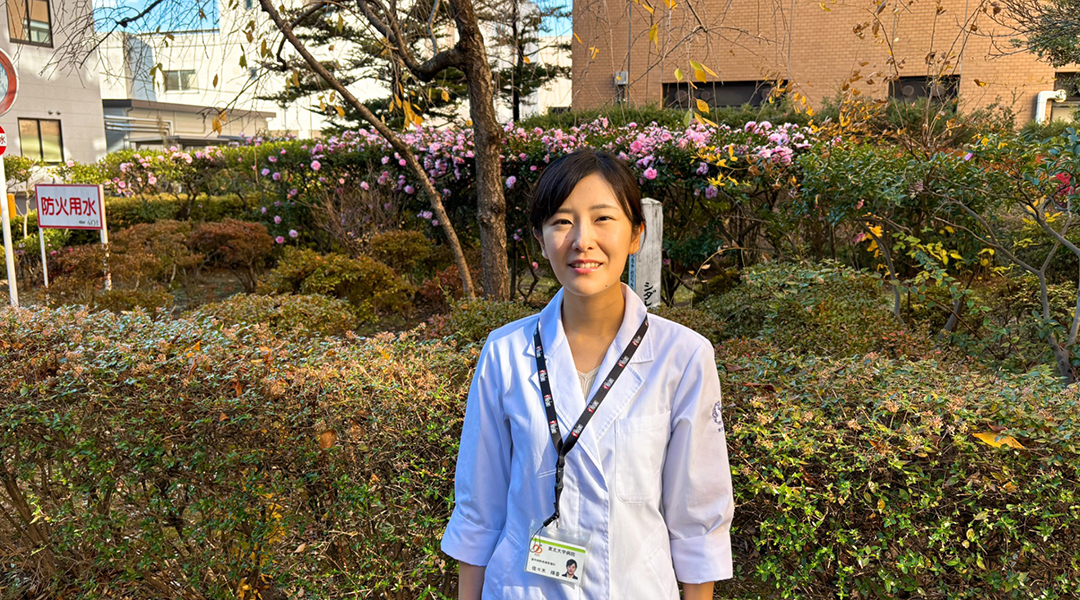
Haruka Sasaki, uncovering the link between melatonin and asthma
Haruka Sasaki is researching how melatonin impacts asthma to create new treatments for life-threatening nocturnal attacks.
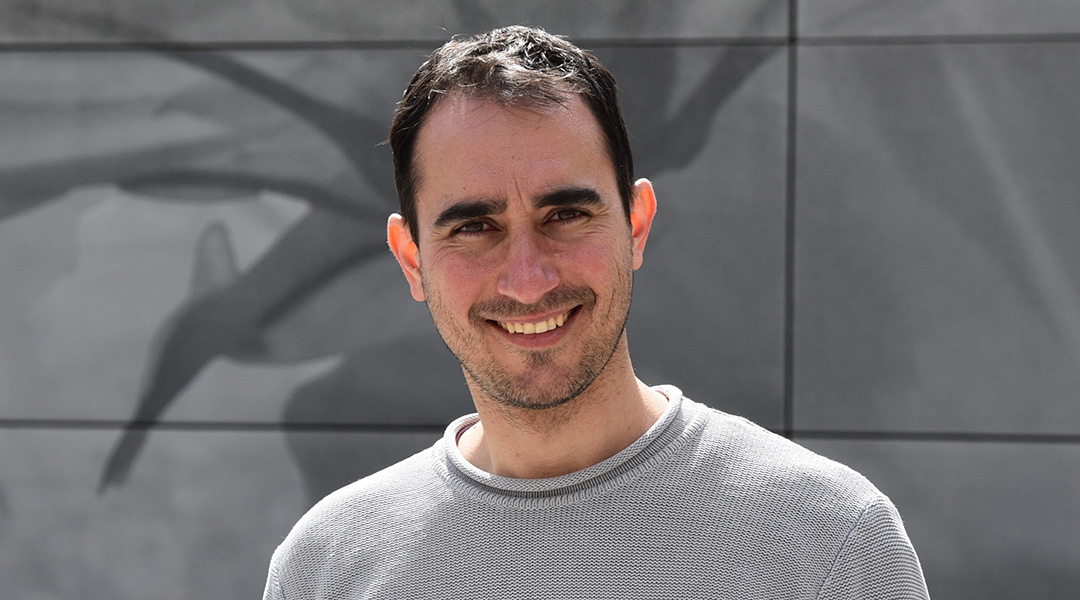
Riccardo Bassoli: How quantum computing will redefine wireless communication
Future 6G wireless networks will rely on quantum computers, but developing the technology and making it sustainable is complex.
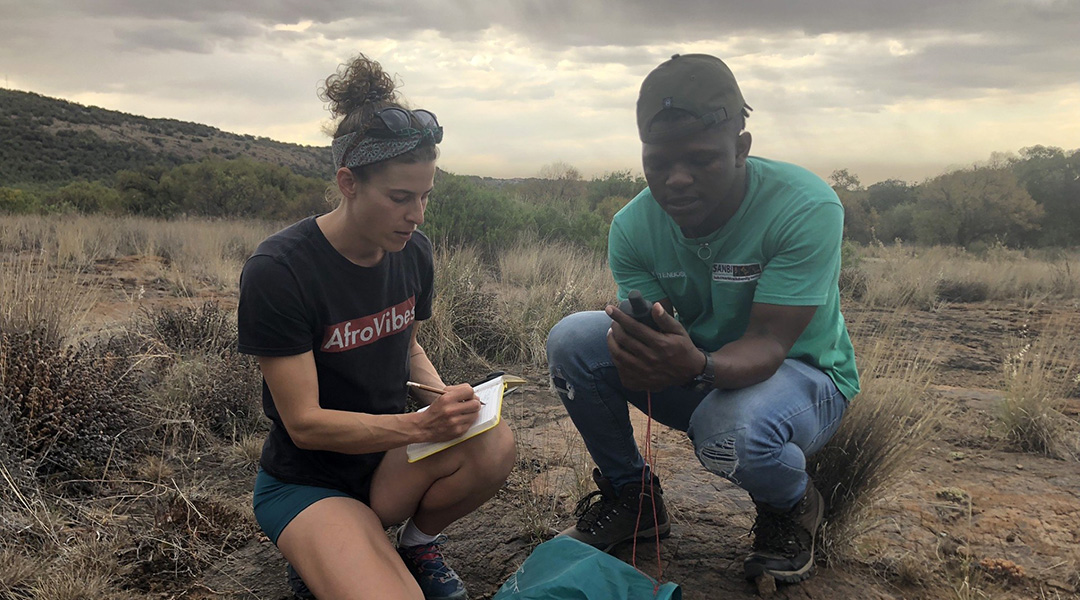
Rose Marks, a botanist studying resurrection plants
Rose Marks uses her climbing skills in remote regions of South Africa to study how water-deprived plants might help develop drought-tolerant crops.

Shira Joudan, tackling PFAS and environmental contaminants with chemistry
Chemist Shira Joudan discusses environmental contaminants, setting up at a new university, and building a supportive community.

Haruka Sasaki, uncovering the link between melatonin and asthma
Haruka Sasaki is researching how melatonin impacts asthma to create new treatments for life-threatening nocturnal attacks.

Riccardo Bassoli: How quantum computing will redefine wireless communication
Future 6G wireless networks will rely on quantum computers, but developing the technology and making it sustainable is complex.

New treatment for opioid overdose could also stop withdrawal symptoms
New drug reverses fentanyl overdoses by targeting opioid receptors outside the brain, avoiding withdrawal caused by traditional treatments.

What immune cells eat can determine how well they do their job
A new link between what cells feed on and their gene activity could have huge implications in cancer research and beyond.

The surprising link between saliva and stress during pregnancy
Scientists find unique combinations of oral microbes can help identify states of stress in pregnant individuals.

Women with a genetic risk of depression are more likely to suffer from heart disease
Data from over 300,000 participants has revealed a potential genetic link between depression and cardiovascular disease in women.
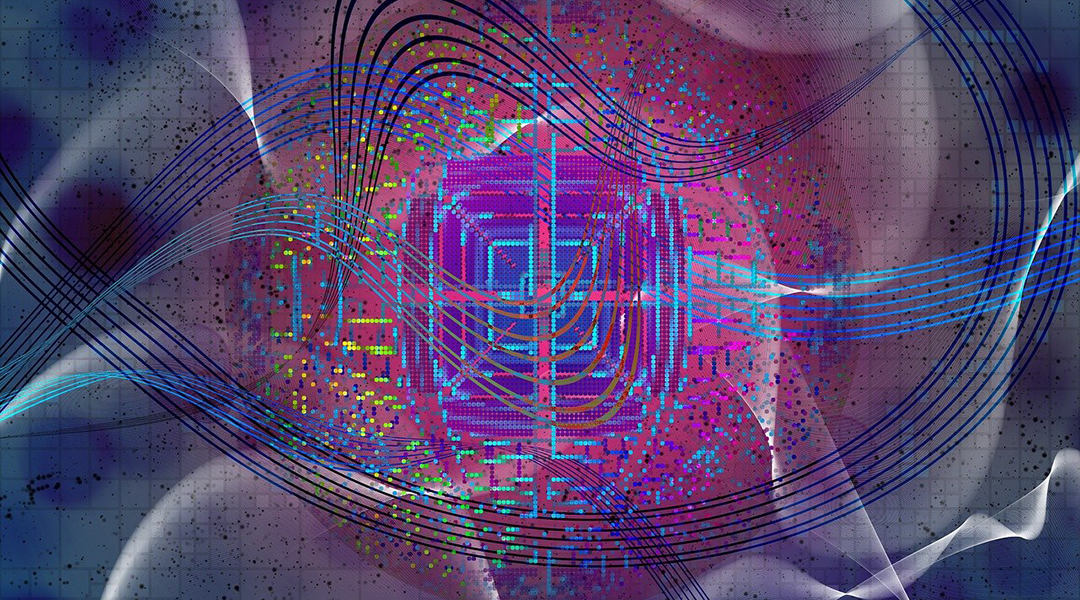
New antenna design promises major advances in quantum sensing
An antenna designed to create an optimized magnetic field puts electrons into the required quantum states for quantum sensing devices.

How do we balance the risks and rewards of using AI in the lab?
AI might be fast and efficient, but scientists still don’t know whether integrating it with cloud-based labs will be worth the rewards.
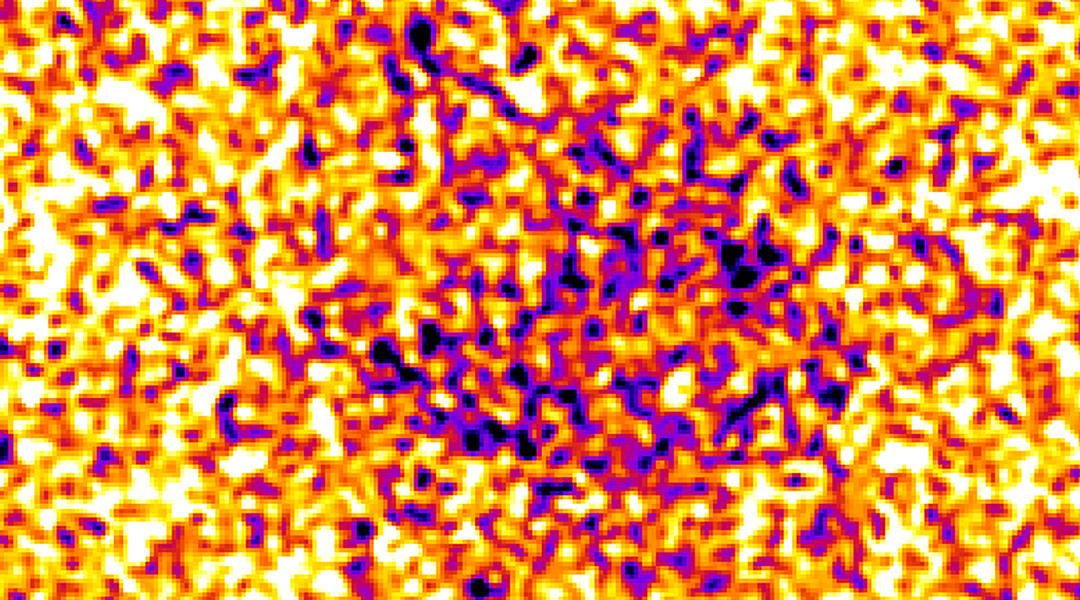
Live imaging of nanoscale biological processes achieved for the first time
Scientists have built a microscope capable of live imaging of biological processes in such detail that moving protein complexes are visible.
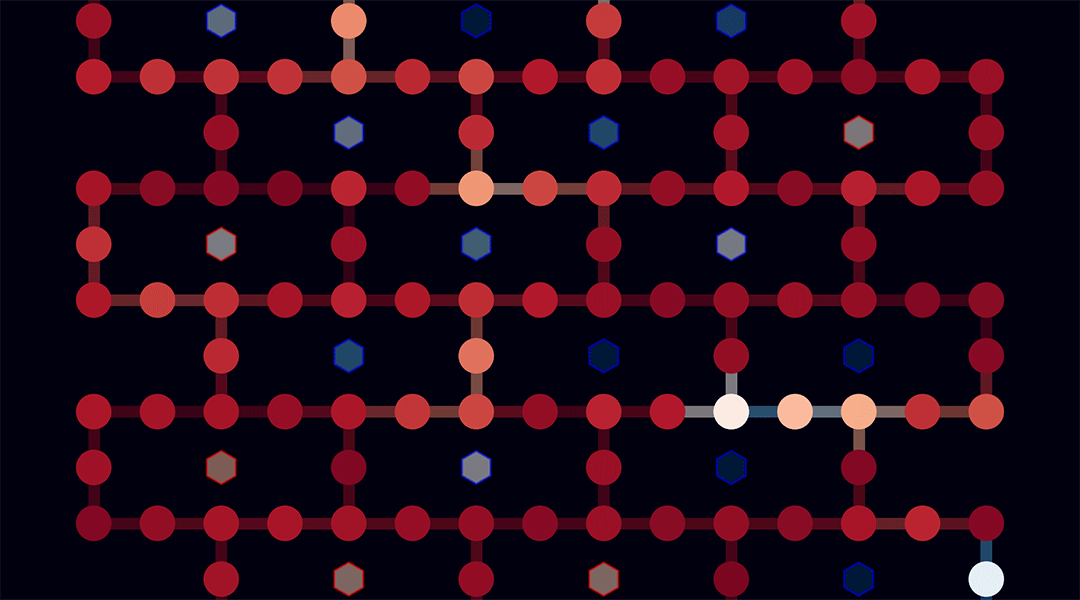
Which quantum computer leads the pack? Benchmarking entanglement could give the answer
Researchers have developed a new method to benchmark quantum computers by measuring their ability to create entangled qubit states.

Fungi could unlock the recycling of carbon fiber
Scientists have developed a process to recycle carbon fiber into valuable chemicals with the help of fungi.

Solar windows with reflective blinds give buildings an energy boost
The innovative windows generate energy while shading building interiors from the sun, improving indoor comfort and energy efficiency.

How underground fungi could make crops more nutritious—and attract bees
Scientists uncover the role of soil fungi in improving crop yields and balancing complex plant-pollinator interactions.

Can coral evolution keep pace with climate change?
Scientists explore how corals could adapt to climate change to survive, but stress that cutting emissions is crucial for their future.

Researchers take a glimpse at the structure of rare tetraquarks
A new study explores tetraquarks, predicts new exotic particles, and offers deeper insights into their complex structure and behavior.

CERN scientists search for new physics in unusual energy patterns linked to hidden particles
Researchers at CERN’s Large Hadron Collider explore subtle energy signals to search for new physics beyond the Standard Model.

Scientists take a closer look at rare particles called hypernuclei
Scientists use cutting-edge techniques to study rare atomic systems called hypernuclei shedding light on subatomic forces and neutron stars.

Hollow planets could help find primordial black holes
Small primordial black holes could have consumed the interiors of planets or asteroids, leaving their outer shells intact.





